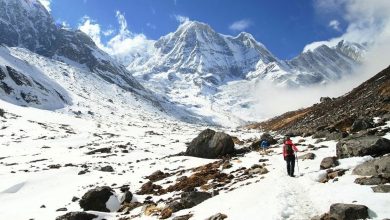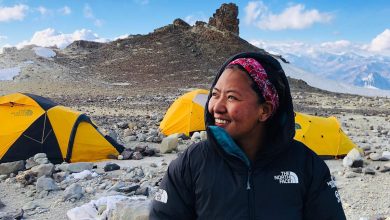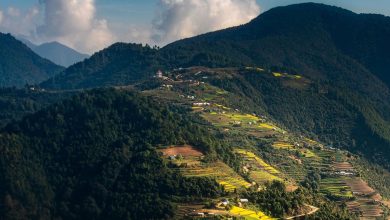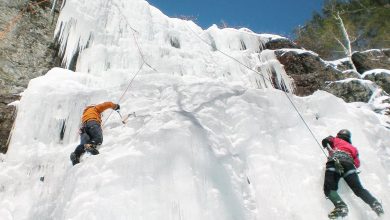Deadliest Events at Everest: 5 Major Everest Tragedies To Remember

Mountaineering has not always been an adventure and fun. Sometimes, it is full of tragedy and bad feelings that lower your will to climb peaks. When we talk about mountaineering, Mount Everest comes into our minds. So, we know the unpredictable weather conditions of the Himalayas in Nepal. But has Everest been through any such disasters that shook the whole world?
Of course, yes, there have been several disasters on Everest that cost the lives of hundreds of people and properties. We have compiled some lists of the Everest Disasters throughout the years. You might want to know what happened in which year, so read until the end of this blog to know about these disasters.
1970 Mount Everest Disaster
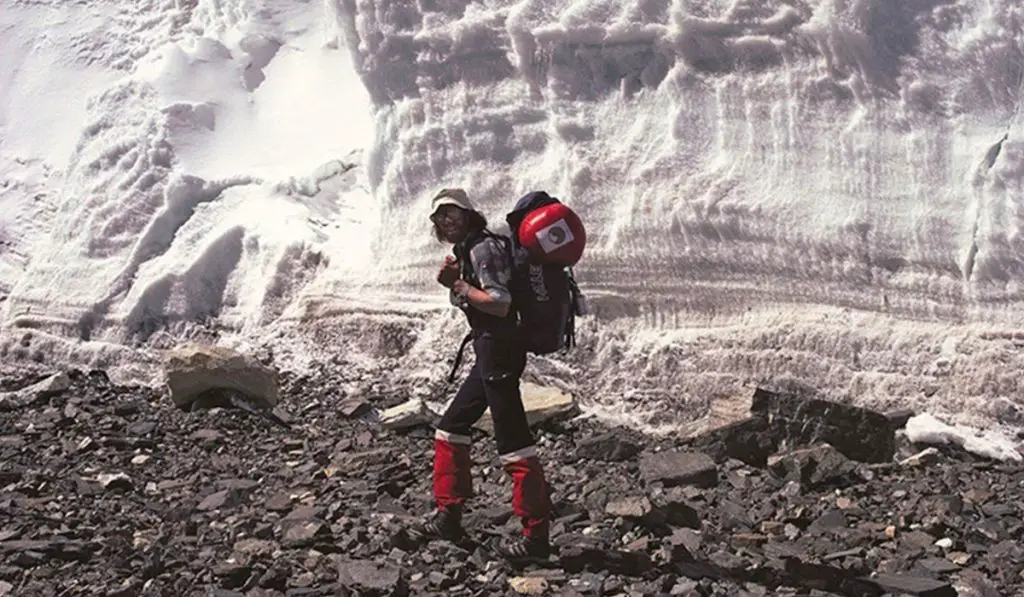
Mount Everest has been not only the destination of mountaineering and sightseeing. The highest peak in the world is also the prime destination for photography and cinematic videography. Throughout the year, many movies have been done around the Everest Region, including the 2015 hit Everest.
However, extreme weather conditions can impact heavily and cost crews’ lives. The same thing happened on April 5, 1970, while filming a documentary called “The Man Who Skied Down Everest.” During the devastating incident that day, around six Nepalese Sherpas lost their lives due to the avalanche of ice and snow in the Khumbu Icefall. The seracs on the western side of Mount Everest collapsed, resulting in a huge avalanche on the Khumbu Icefall.
The Everest Disasters are no stranger in the mountaineering world. However, the mountaineering communities have worked together to minimize the fatality of such incidents by following up with speed rescue operations in the mountains. The preparations included the dispatch of officials and security personnel to the base camp at 5,300m, where they would stay throughout the spring climbing season that ends in May.
More than 6,000 climbers have scaled the summit since 1953, when New Zealander Edmund Hillary and Tenzing Norgay first conquered it. And more than 350 have already lost their lives in the attempt to climb the tallest peak in the world.
1974 Everest Disaster
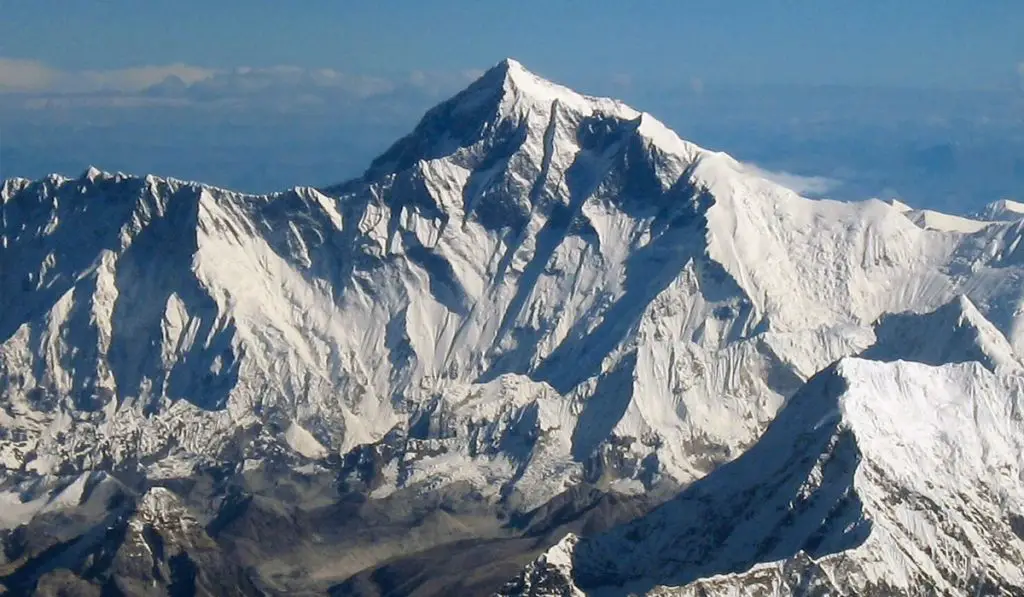
The 1974 Everest Disaster is another major avalanche in the frontline story when we talk about the deadliest incident on Mount Everest. It was the 9th of September of 1974 AD when the French Expedition team seven crews attempted to climb Mount Everest from the West Ridge Direct.
However, the unpredictable weather conditions of Mount Everest brought a huge avalanche that swept away the whole team and killed six expedition members. Only one managed to survive during the incident.
The six climbers who died are :
- Gérard Devouassoux
- Lhakpa (Sherpa)
- Sanu Wongal (Sherpa)
- Pemba Dorje (Sherpa)
- Nawang Lutuk (Sherpa)
- Nima Wangchu (Sherpa)
The only climber who survived was Claude Ancey.
1996 Everest Avalanche
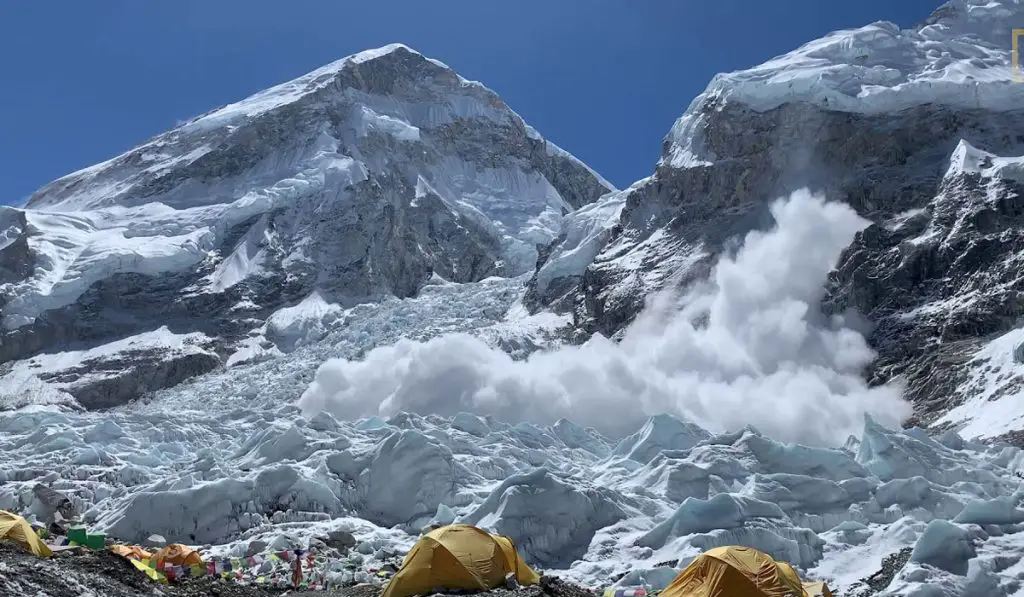
Another tragic Everest avalanche occurred in 1996 that took numerous lives and put the mountaineering industry in grief. This is one of the scariest stories of the Everest Disaster that has ever occurred on the Everest, and it reminds the climber of the potential risks and dangers of the mountain.
On May 10, 1996, 33 climbers from different expedition teams attempted to reach Everest Summit. However, we encountered several natural hazards that day, including a blizzard and an avalanche. The major lag on that day started in the early morning when guides forgot to set up the fixed ropes en route to the summit. It caused a two-hour delay for the climbers, leading them to a dangerous bottleneck at the Hillary Step.
It was just a matter of time when a blizzard struck Mount Everest, and many climbers got lost. Famous mountaineering figures, including Rob Hall, Andy Harris, Scott Fischer, Anatoli Boukreev, and many others, died due to the devastating avalanche.
Jon Krakauer later documented this tragic Everest Avalanche in a book named ‘Into Thin Air.’ This heartbreaking story is an alarming incident about the harsh realities of mountain climbing, emphasizing the importance of preparation, teamwork, and making tough decisions in life-threatening situations.
2014 Mount Everest Disaster

The 2014 Mount Everest Disaster was one of Nepal’s most notable disasters in the history of mountaineering. This disaster took the lives of sixteen climbers due to an avalanche.
The mishap happened on 18 April 2014 on the highest mountain on earth, costing the lives of six Nepalese Sherpa Guides. It occurred en route to the Everest Summit. The incident not only took the lives of sixteen people but also brought the missing case to the frontline. Besides the dead, nine more people went missing that day due to the devastating avalanche.
The dead Sherpas were on a mission to set up the fixed ropes for climbers early in the morning. They left the base camp with the motive; however, the avalanche hit them below Camp 2 at around 6:45 (Nepalese Time). Only four bodies were initially found, but later, they discovered two more bodies, and the remaining bodies followed in the process.
Reports mentioned that the seracs on the western spur of Mount Everest failed. It resulted in a huge ice avalanche taking the lives of sixteen climbers en route to the summit of Mount Everest.
When the incident happened, most climbers and support teams were at the base camp getting ready for the climb. They were setting up their camps at high altitude while the Sherpa Guides were working on setting up fixed ropes. However, things did not go as expected, and the break in seracs on the western side of Mount Everest resulted in a devastating mishap.
When the avalanche happened, rescuers and other climbers rushed to help, and a helicopter was sent from Kathmandu. The area where the avalanche occurred is known as the “popcorn field,” just below Camp 2 at 6,400 meters.
2015 Earthquake And Avalanche on Everest
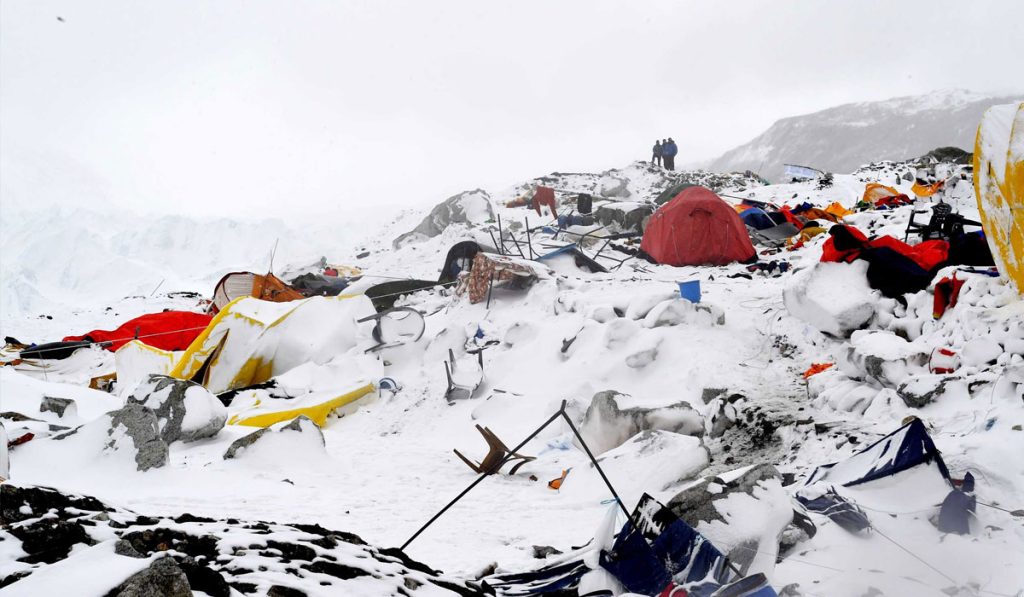
On April 25, 2015, a massive earthquake of 7.8 Richter scale struck Nepal, causing the loss of thousands of lives and millions of properties. Around 9,000 people were killed due to the massive earthquake, while more than 21,000 were injured in the incident.
The Everest Region was also heavily impacted due to this earthquake. It brought a large sheet of ice and snow from Pumori into Base Camp on Mount Everest. As a result, twenty-two climbers were killed instantly, which stood out as one of the deadliest incidents on Mount Everest.
The initial reports claimed that around 19 people were dead on Everest. Out of them, 10 were identified as Nepalese, while the other nine were foreign climbers: two Americans, one Chinese, one Australian, and one Japanese. The total number of climbers killed during the 2015 Everest Disaster was twenty-four, as reported by National Geographic on April 27, 2015.
Due to the earthquake and avalanche, the ladders at the Khumbu Icefall were heavily damaged. However, this did not stop mountaineers from climbing Mount Everest, and they asked the Nepalese Government for permission to climb the peak.
The Nepalese Government later banned the route for any trek mountaineering attempt due to the earthquake’s aftershocks. This was the second consecutive year of being banned following the 2014 devastating avalanche.
You may also like:
- The First Ever Deaths In Everest in 2023
- How Cold Is It On Mount Everest?
- How Much Does It Cost To Climb Mount Everest?
- 13 Must Watch Movies To Gain Deep Insights On EVEREST
View this post on Instagram
Frequently Asked Questions
What is considered one of the deadliest events in the history of Mount Everest?
The deadliest event in the history of Mount Everest is the 1996 Everest Disaster. During this incident, twenty-four climbers lost their lives. Eight climbers died in a single day due to avalanches due to severe weather and overcrowding on the mountain.
How many people have died on Mount Everest to date?
To date, more than 325 people have died on Mount Everest. In 2023 alone, 17 climbers have already lost their lives.
What are some common causes of death on Mount Everest?
Altitude sickness, avalanches, exposure to extreme weather conditions, falls, and physical exhaustion are common causes of death on Mount Everest.
How many people died on Mount Everest in 2014?
In 2014, 17 climbers from different expedition teams died on Mount Everest. Most of them died of avalanches brought on by the extreme weather conditions.
What measures have been taken to improve safety on Mount Everest after these deadly events?
In response to the deadliest events, measures such as stricter permit regulations, mandatory climbing training, and efforts to reduce overcrowding have been implemented to improve safety on Mount Everest.
How can climbers prepare to reduce the risks of climbing Everest?
Climbers can reduce the risks of climbing Everest by undergoing extensive training in mountaineering, gaining experience at high altitudes, and being well-prepared for extreme weather and health challenges associated with high altitudes.
What happened on Everest in 2013?
In 2013, one of the most absurd incidents happened on Everest in mountaineering history. Reports said that a group of 100 Sherpas reportedly attacked three climbers at 6,400 meters (21,000 feet) on April 27.
Is it still possible to climb Mount Everest after these deadly events?
Of course, yes, it is possible to climb Mount Everest. However, climbers must be aware of the potential risks and challenges associated with mountaineering. Preparing with essential precautions and acclimatization must be a high priority, and climbers must embark on the journey with professional guides and porters.
